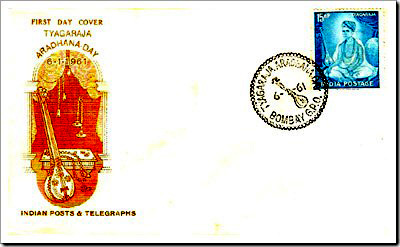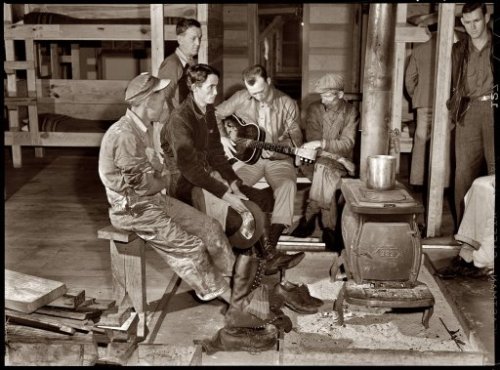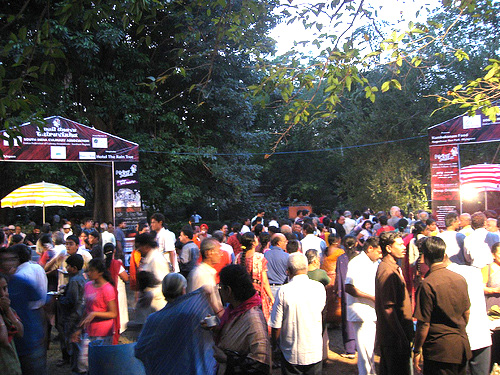The ancient land of Assyria, long divided among modern nations, lives again—in cyberspace.
Exiled around the world, Assyrians have established an Internet homeland, Nineveh on line. This portal links to many other Assyrian websites and hosts articles about Assyrian concerns.
Music has proved to be a decisive factor in uniting this virtual community and its corporeal counterparts. Assyrian songs have become powerful tools for shaping and communicating Assyrian identity—and even for learning the ancestral language.
This according to “Translocal communities: Music as an identity marker in the Assyrian disapora” by Dan Lundberg, an essay included in Music in motion: Diversity and dialogue in Europe (Bielefeld: Transcript Verlag, 2009) pp. 153–172.
Below, the Iranian singer Gaggi performs Assyrian pop.














